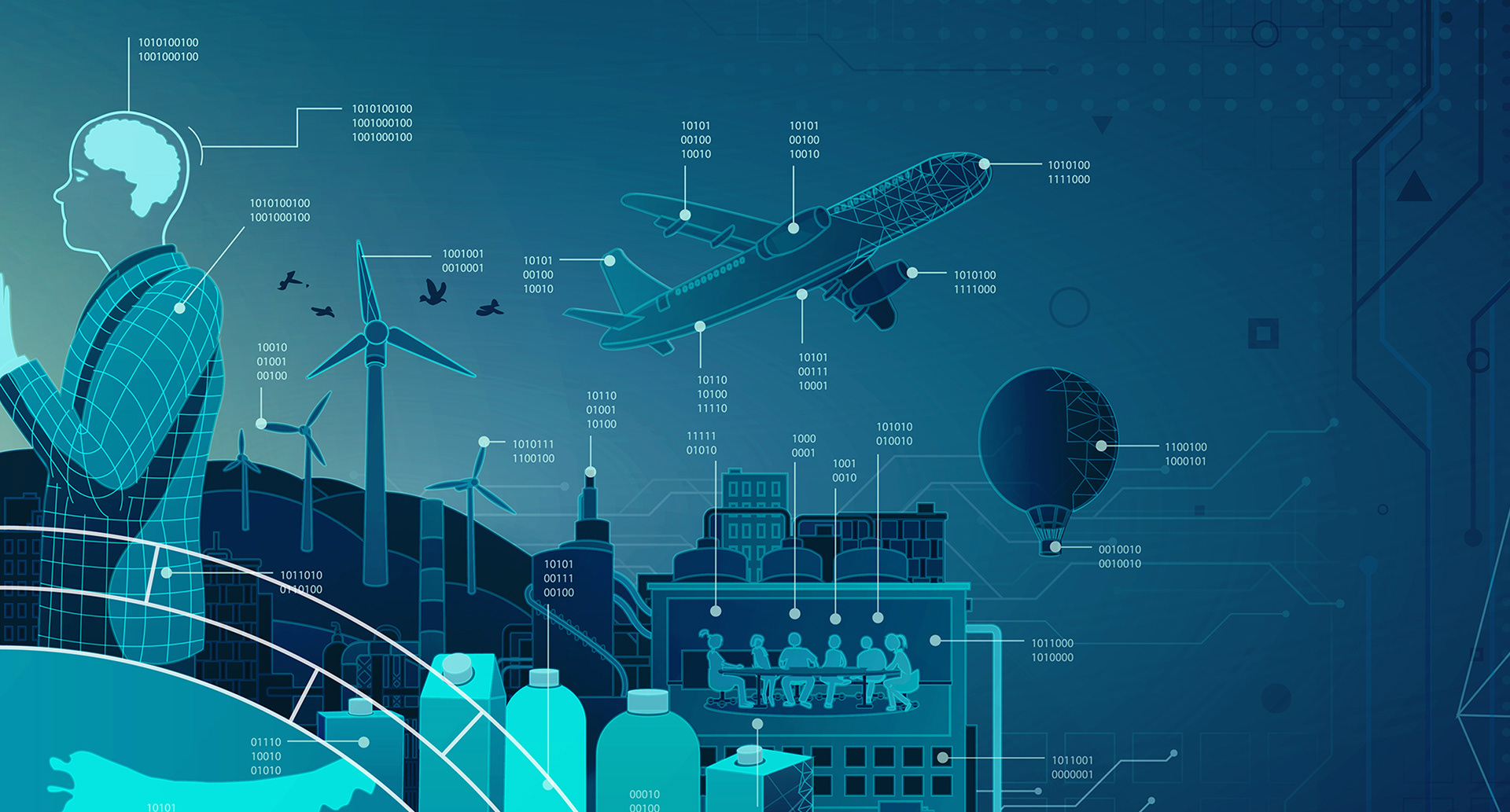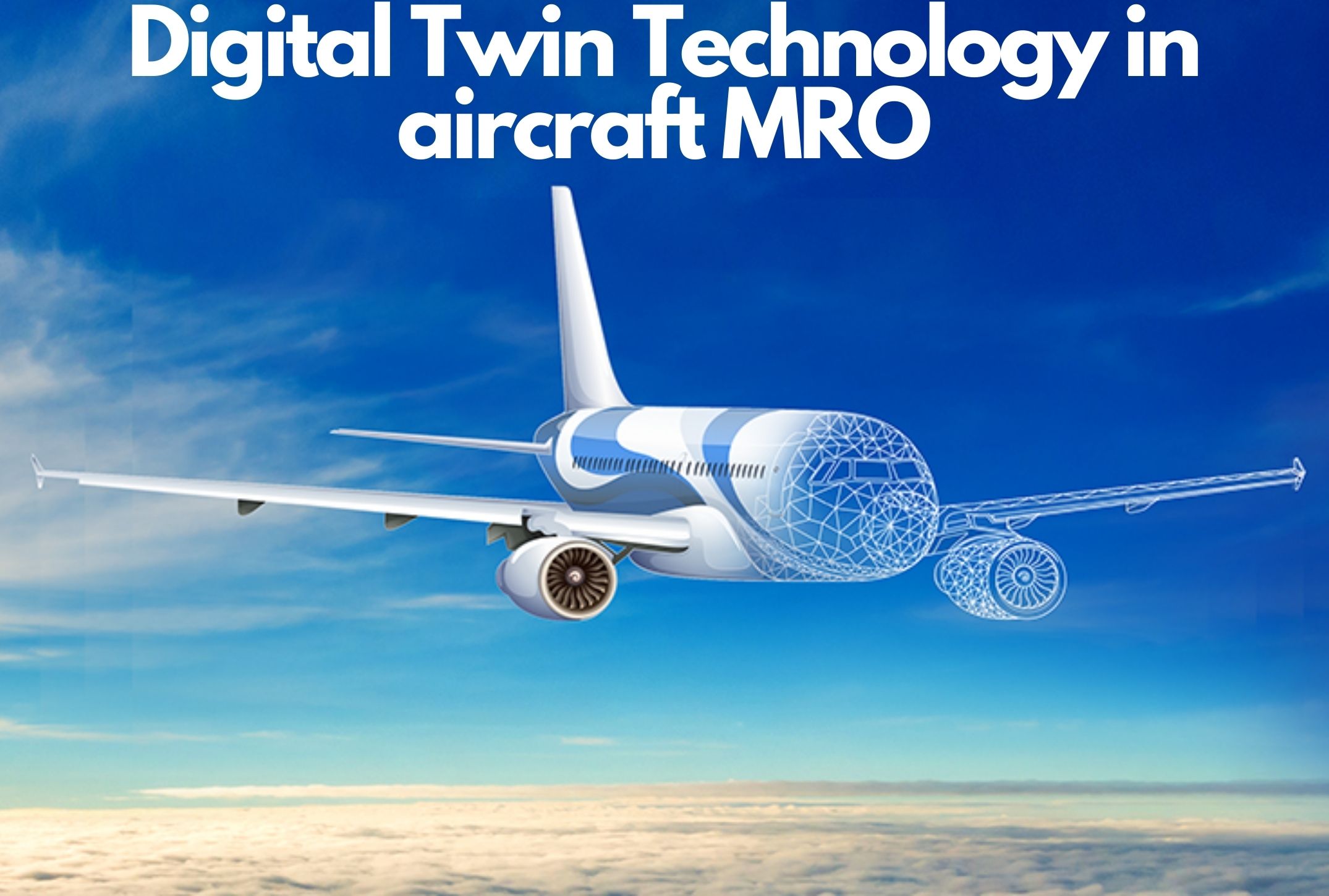Commercial air travel is safer than ever, according to a recent study published in Transportation Science. Data compiled by MIT professor Arnold Barnett shows that in 2017 only eight of more than 4 billion boarding air passengers around the world died in air accidents. The risk of death for boarding passengers fell by more than half from 2008 to 2017 compared to the prior decade.
Aerospace companies nonetheless remain under tremendous pressure to continually improve flight safety because any fatality is a human tragedy, say nothing of the damage accidents can do damage to business, brand, and shareholder value. Ensuring aircraft are safe begins with design and engineering and extends through the manufacturing, maintenance, and repair processes.
But airplanes aren’t like a fleet of taxis consistently housed in a common garage and maintained by a group of workers familiar with the vehicles and who have ready access to repair and performance records. Planes can be located almost anywhere, yet they still need daily maintenance. That’s just the beginning of the challenges. As Steve Roemerman writes in Aerospace Manufacturing and Design:
Maintenance needs of one plane can differ drastically from another identical model. No two planes are exposed to the same conditions or usage and therefore do not need the same support on the same schedule.
An aircraft’s location, for example, directly influences the time between maintenance. Other factors – such as incomplete maintenance logs, unexpected issues, fleet usage, age, and weather – also make it difficult to create accurate maintenance schedules. In many cases, unexpected issues are only evident after starting repairs, causing major delays or strain on expensive personnel.
Bottlenecks in production and repair can be caused if aerospace manufacturers or airline maintenance and repair organizations (MROs) are unable to coordinate the availability of parts for a specific plane with the availability of the right specialists and mechanics. The inevitable result of prolonged maintenance delays is elongated manufacturing lead times or in-service aircraft availability reductions.
In addition to safety and aircraft availability, proper maintenance is important to flight schedules. Passengers are familiar with the frustration of waiting onboard as a repair team tries to fix an unexpected equipment problem that is delaying takeoff. Such delays have a negative impact on an airline’s reputation, particularly in a world where disgruntled passengers can vent their dissatisfaction on social media in real time from the tarmac.

To improve aircraft safety and to increase the efficiency of manufacturing, maintenance, and repair, aircraft manufacturers and MROs are harnessing tools such as artificial intelligence (AI), digital twins, and predictive analytics. Though the aerospace industry has been using analytics and digital twins for at least two decades, the proliferation of data from connected devices combined with AI-powered analytics and high-performance computing (HPC) has allowed engine and aircraft manufacturers, along with MROs, to achieve even greater cost and time efficiencies while continuing to raise the bar on passenger safety and satisfaction.
Digital twins are virtual models of products, processes, systems, services, and devices. These digital replicas produce data for building prescriptive models that can pinpoint problems and solve them in the virtual state. Connecting and tying this maintenance data in with the initial manufacturing design phase and the volumes of data collected during operation allows aerospace manufacturers to optimize design and production processes, saving time and money and leading to better and safer aircraft.
The benefits of digital twin extend beyond the manufacturing process. Aerospace manufacturers are continually seeking ways to anticipate and address longevity requirements. These also encompass maintenance efforts. Building resilience into an aircraft benefits everyone. “When an aircraft engine manufacturer uses digital twin technology, the resulting data is used to predict exactly when to bring the aircraft in for inspection, “They can ingest engine usage for every flight, including the physics of the engine blades to see and measure how the engine is operating … virtually.”
While MROs have been slow to implement data-driven solutions, the projected increase in the world airline fleet along with the need to support both aging aircraft equipment and newer aircraft and systems – is forcing these companies to adopt smart technologies to take full advantage of growing volumes of sensor data, as well as data trapped in silos.
AI and predictive analytics can be deployed by MROs to leverage data created by connected aircraft engines and devices, allowing them to accurately forecast when parts can be expected to fail. Using prescriptive analytics, potential outcomes to a parts failure can be analyzed to determine the best solution.
“Robust analytics can drive streamlined material staging, more efficient labor planning, and more effective equipment check programs,” according to a white paper on how MROs can use data to drive actionable analytics. “When data and analytics streamline engine and component service, carriers can reduce AOG (aircraft on ground) times, minimizing the revenue impact of flight delays, and therefore maximizing uptime for crucial revenue-producing assets.”
By embracing AI, digital twins, and advanced, actionable analytics, players in the aerospace industry can position themselves to take full advantage of their data, technologies, workforces, and processes. This will enable an airline’s MRO to be more resilient.



